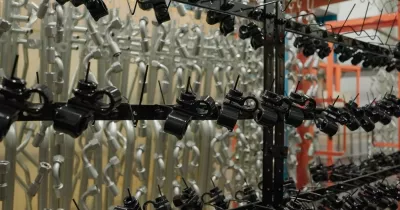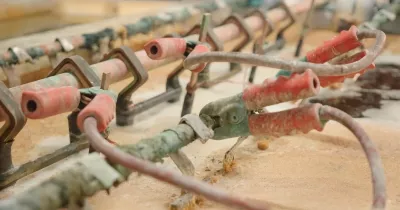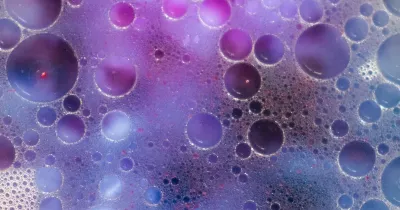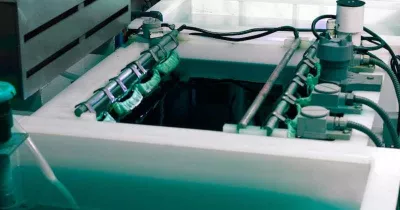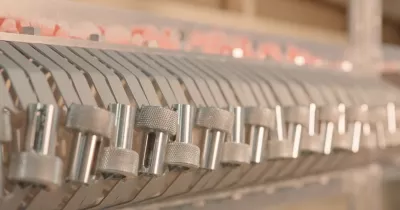What's the Best Industrial Ventilation for a Plating Line?
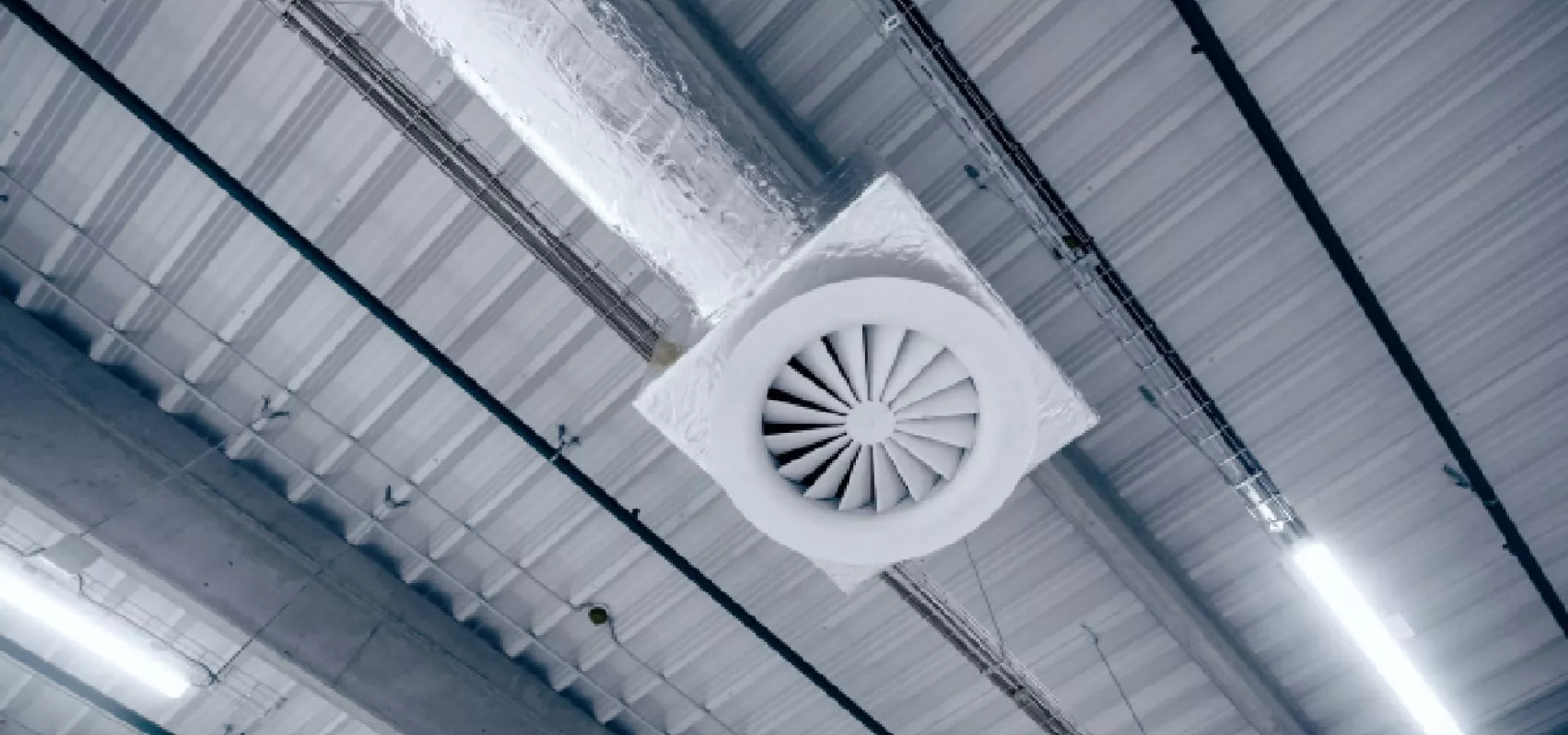
September 24, 2025
September 24, 2025
Proper industrial ventilation is not just a regulatory hurdle; it's a critical component of a safe, efficient, and high-quality plating line. Without it, you risk worker safety, building integrity, and the consistency of your final product. But what constitutes the best industrial ventilation system? It’s a multi-faceted approach that prioritizes safety and efficiency from the source.
First and foremost, your industrial ventilation system must be engineered for safety. Proper ventilation is your primary defense against toxic fumes, which can pose serious health risks to your workers. An effective system also prevents the corrosion of your building's infrastructure by safely exhausting chemical-laden air. Furthermore, it plays a crucial role in maintaining consistent plating quality and ensuring you remain in compliance with government standards.
Local Exhaust Ventilation (LEV) is Required
The first line of defense in any effective industrial ventilation strategy is Local Exhaust Ventilation (LEV). The goal of LEV is to capture contaminants at their source before they can escape into the broader workspace. This is typically achieved with strategically placed slot hoods, durable FRP (Fiberglass Reinforced Plastic) ducting, and air scrubbers. By capturing fumes at the point of generation, you significantly reduce worker exposure and prevent the spread of corrosive elements.
General Ventilation is a Good Thing
While LEV is the primary method for contaminant capture, general ventilation also plays an important supportive role. Its main purpose is to provide ‘make-up air’ for the LEV system, ensuring that the exhaust system can function efficiently without creating negative pressure within the building. It is not, however, a substitute for LEV and should not be relied upon to dilute noxious fumes.
Scrubbers Are a Must-Have
To meet environmental standards, the air you exhaust from your facility must be clean. This is where air scrubbers, such as wet scrubber systems, become essential. These devices are necessary to remove pollutants from the exhaust air, ensuring that your operations are not harming the surrounding environment. A properly selected and maintained scrubber is a non-negotiable component of a responsible industrial ventilation system.
Attack at the Source
The most effective way to manage fumes is to prevent them from being generated in the first place. A great defense is to incorporate foam blankets and wetting agents into your plating baths. These can reduce misting by at least 90%, significantly lowering the load on your entire industrial ventilation system.
Source Reduction Is the Key
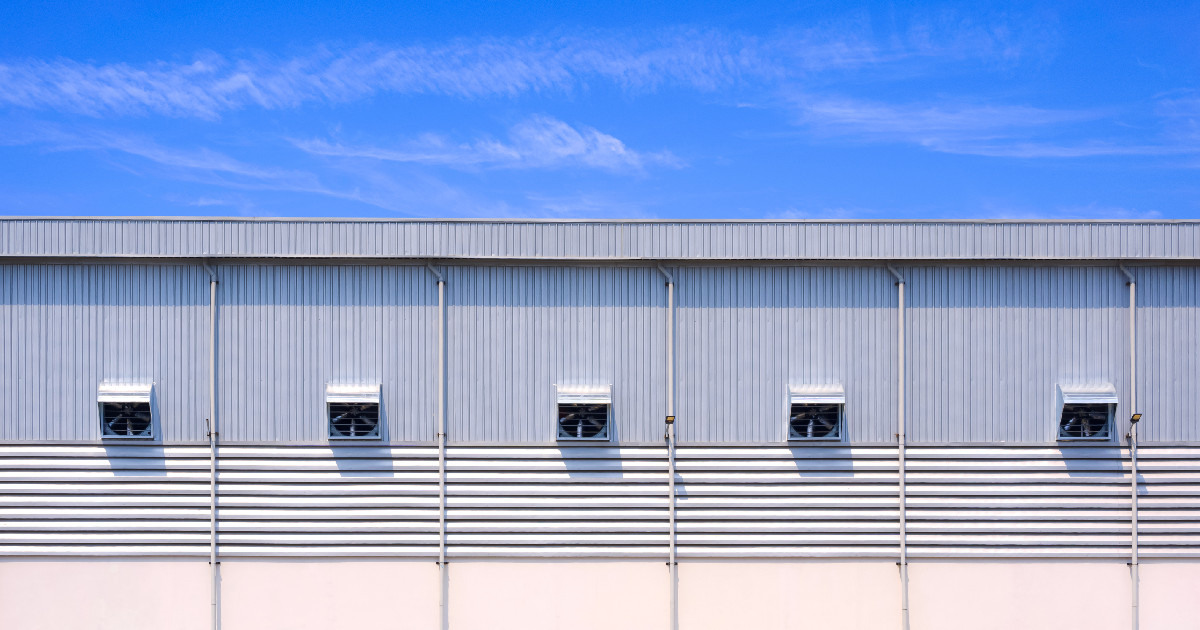
By reducing mist generation with chemistry, you lessen the load on your energy and lateral exhaust systems. For example, low-efficiency plating baths like traditional hexavalent chromium (CrVI) systems tend to produce more mist—and that mist is highly toxic. Switching to a higher-efficiency bath, such as trivalent chromium plating, not only reduces misting but also lowers its toxicity, making the entire operation safer and more sustainable. This is where trivalent chromium plating outshines hexavalent chromium plating. Additionally, CrVI wetting agents need to be highly stable components due to the oxidative nature of the CrVI solution. PFOS and PFAS were traditionally used for this purpose and have been subject to regulatory scrutiny for years.
Ready to improve the safety and efficiency of your plating line? Schedule a consultation with our experts today!
Update Operations
Consider converting your operation to more energy-efficient and less demanding processes. Modernizing your plating line can lead to significant reductions in mist and fume generation, which in turn reduces the demands on your industrial ventilation system. This can lead to both cost savings and a safer working environment.
Put According to a Hierarchy
When designing or evaluating your industrial ventilation strategy, it's best to follow a hierarchical approach:
Source Reduction: First, focus on adjusting your chemistry to minimize mist and fume generation.
Containment (LEV): Second, implement an effective Local Exhaust Ventilation system to capture any remaining contaminants at the source.
General Ventilation: Finally, use general ventilation to provide make-up air and ensure a safe and comfortable working environment.
By following this hierarchy, you can create a comprehensive industrial ventilation system that is both effective and efficient.
At Pavco, we are committed to helping you create a safer and more productive workplace. Learn more about our innovative solutions and how we can help you optimize your plating line. Don't wait to improve your air quality and operational efficiency. Contact us now to get started!
IT’S HOW YOU FINISH
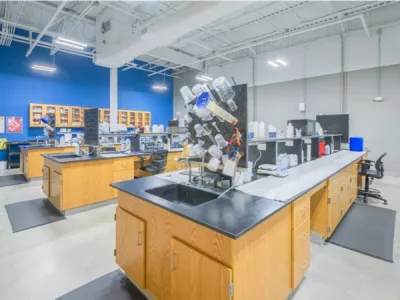
We’re a developer and supplier of chemistries for the metal finishing industry since 1948.
In PAVCO, we develop products and deliver services of the highest quality at a reasonable cost.

